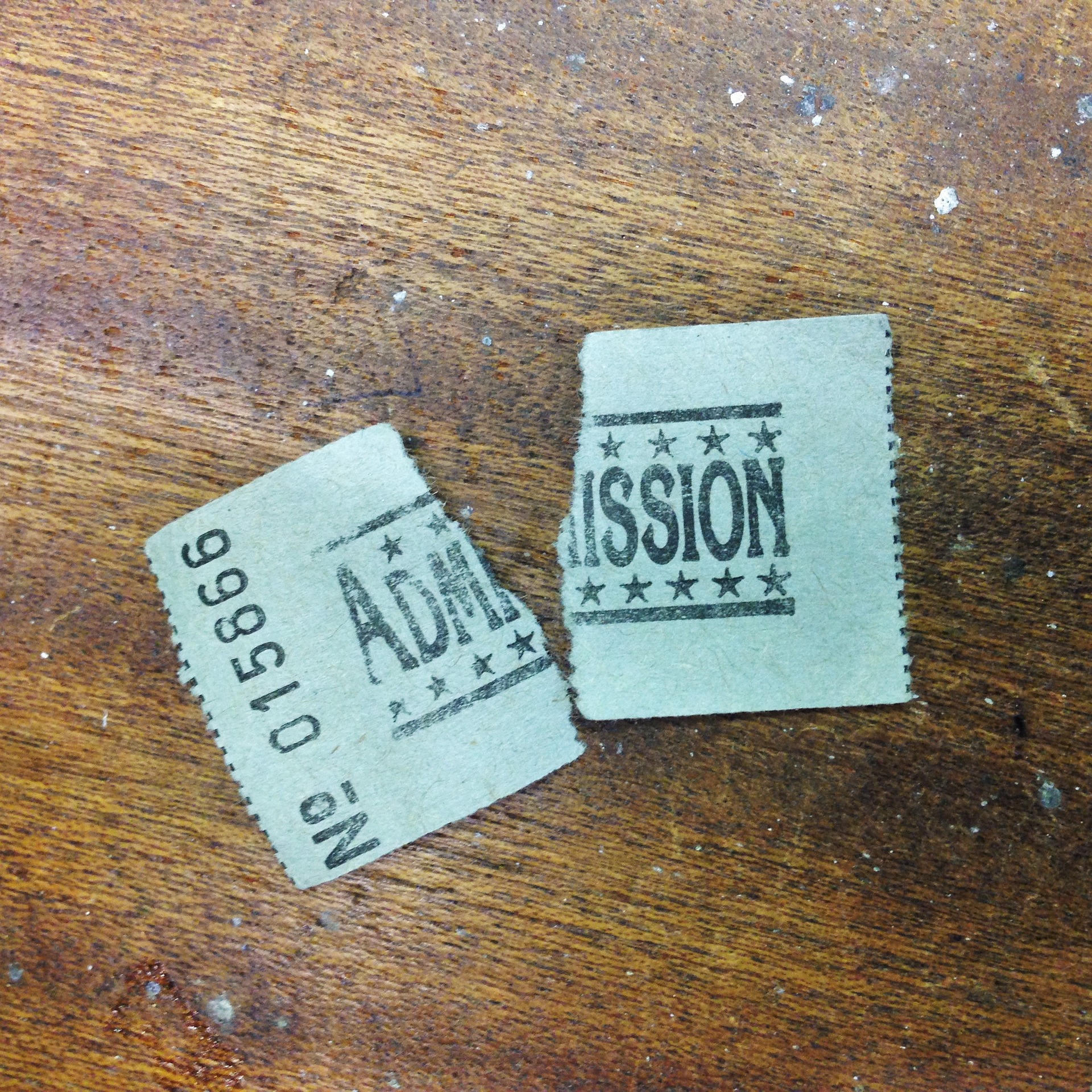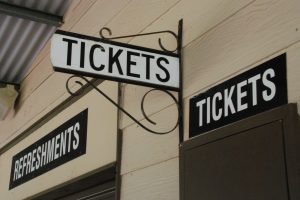Charging Admission as an Example of Changing Strategy

We should all look at the thinking behind this article in Business Of Fashion; there’s a lot we can take away from it. It shows a level of innovation and shines light on so many values that we take for granted.

ticket sign
The Premise
The author writes about the shift of a fashion store to charging customers a fee to enter the store.
The argument is that the store is an entertainment experience and that we expect to pay for other places of entertainment, e.g. theatres, cinemas, etc, so shouldn’t we also expect to pay to go to fashion stores?
So instead, we could charge admission not for the store but for the experience which happens to be in a store. There’s a distinction there in that most stores will not have an experience worth charging. Indeed, as the author mentions “If you never contemplate charging admission, chances are you will never create an experience worth an admission fee”. Turn that around and ask yourself, what is it about the experience that you offer customers that is worth charging for? Not the product, but the experience?
Conditions for use
Charging an admission fee only seems to work under a few conditions;
- When the admission fee is parallel to what would be paid for the product itself. Think of any pay-per-play/pay-per-use experience, they have to be close in price to the purchase of the product.
- When there are other factors at play (such as scarcity) which enable the promoter to restrict the entrance to those who pay to attend
Principles
The example in the article is interesting in that the experience itself is created to be scarce. That is on top of any scarcity of the products involved. By creating a scarcer resource, we are influencing by way of Cialdini’s Scarcity Principle. In that way, we are creating an environment in which the customers is more likely to rely on the shortcut of knowing “it’s scarce” and hence more likely to buy.
The admission fee is also a conversion filter, in that it will weed out those people who are just browsing at products outside of the range that can afford (which brings to mind the window shoppers outside the Rolls-Royce showroom in Mayfair).

ticket
By charging an admission fee, we also see the use of another Cialdini’s Principles; Consistency. The customer has already purchased the right of admission, so they’re more likely to commit to purchasing a product from the store.
The exit
I love the process that the author, B. Joseph Pine II, and the stores he writes about have gone through to get to the solution they’ve arrived at.
Imagine following-up the last question in the article “what would you do differently if you charged admission?” with a further more design-oriented question: “how may we create a purchase experience worth paying for?”


Recent Comments